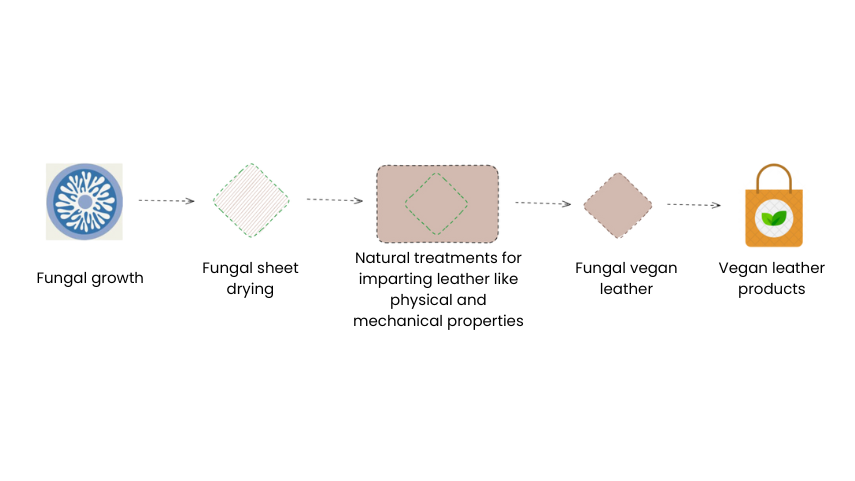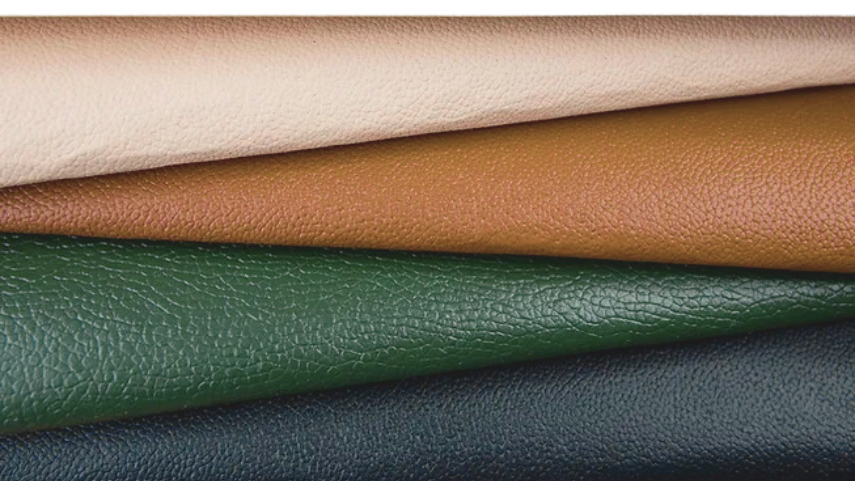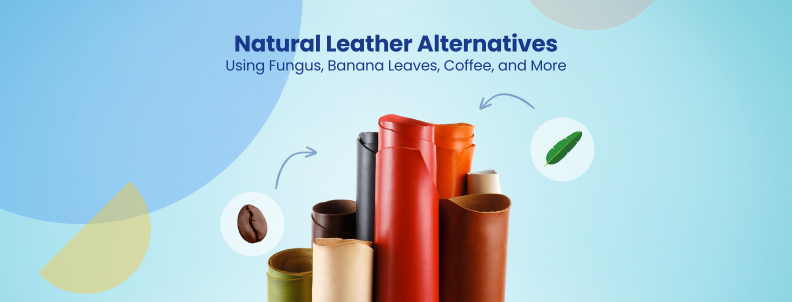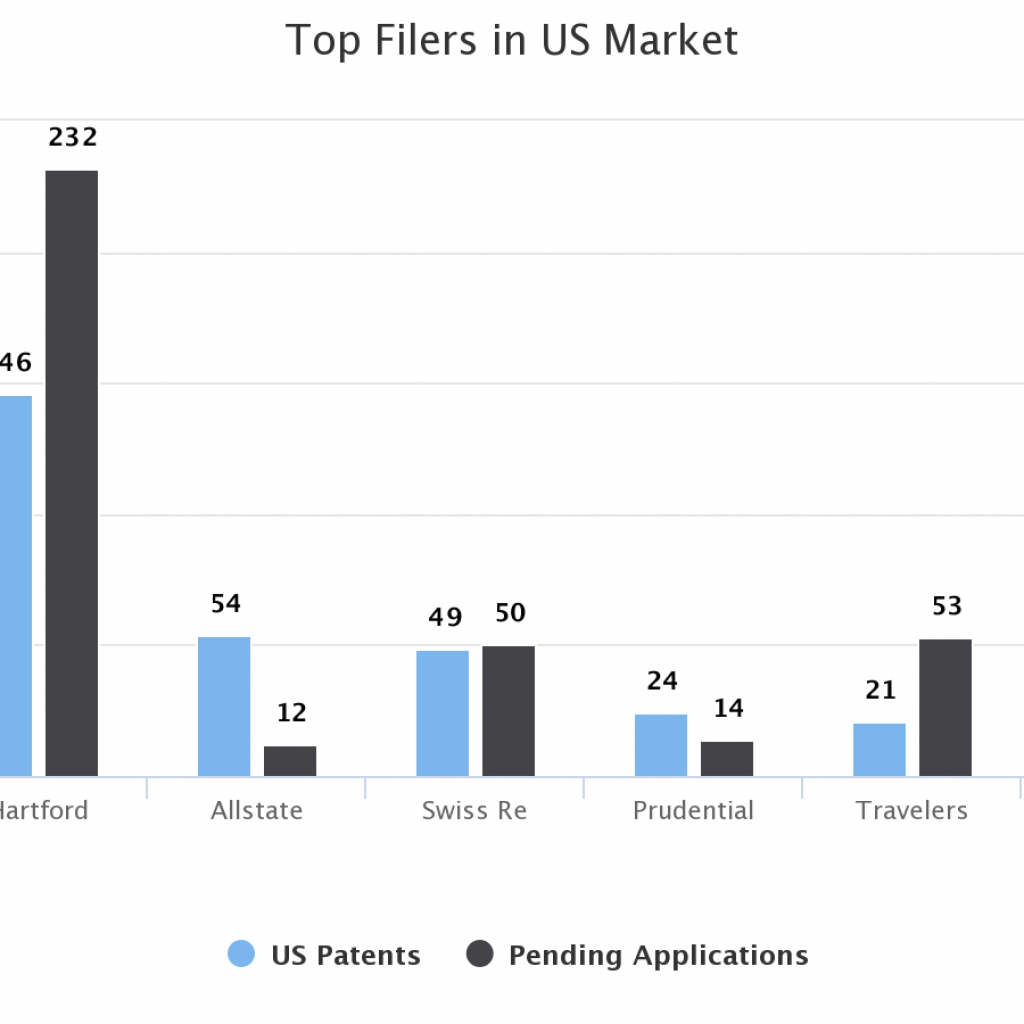California, one of the largest fur and leather markets, banned animal fur products in January 2023. The state had already banned exotic leather products in 2020. While regular leather remains legal for now, it could face similar restrictions for production and sale. In addition to stricter government regulations and ecological concerns, increasing consumer awareness catalyzes the rapid adoption of natural leather alternatives in the market. This industry is expected to be worth over $139 billion by 2030.
Researchers have created new leather alternatives using natural substances like mushrooms, bananas, coffee, coconut, and even bacteria! These eco-friendly materials hold exceptional mechanical resemblance to natural leather without sharing any ecological downsides.
This report discusses the latest and most notable leather alternatives in fashion post-2023. If you’d like to get a comprehensive report on the state of textiles with trends around plant-based leather, polyester recycling, and more, please fill out the form below.
Fynder Group makes cost-effective natural leather alternatives using fungus!

Traditional leather materials are not environmentally safe to recycle or dispose of. They depend on cattle rearing and, hence, raise animal welfare concerns. Furthermore, the manufacturing processes involve highly toxic chemicals.
As a solution, The Fynder Group (formerly Sustainable Bioproducts, Inc.) has filed a patent on producing textile and leather compositions from the filamentous fungus mycelia. This method produces affordable leather and other textile materials with minimum environmental impact and without animal welfare or other ethical concerns.
Mycelium leather is also highly scalable. In addition to The Fynder Group, Finland’s VTT Technical Research Centre developed a method to produce continuous sheets of mycelium leather at commercial scales.
Their new technique allows the scientists to produce mycelium leather at scale, rolling out continuous sheets of the stuff at 3.3 ft per minute. Applications being explored include footwear, accessories, and garments.
A fungal paper-like material with excellent mechanical properties
Biomaterials in Tokyo has patented a methodology for making a fungal paper-like material using mycelium with a tensile strength and elongation rate that can withstand practical use. The filamentous fungus containing chitin has been aerated and cultured to produce this fungal paper-like material.
Usually, static solid culturing is used to produce alternative leather, requiring a growth time of 21 to 45 days. This new methodology adopted by the patent has a short growing period and better physical properties.
Turning banana crop waste into vegan leather minimizes crop wastage.

Leather alternative made using banana crops.
Banofi Leather, a material innovation start-up, produces new-age plant-based leather from banana crop waste, significantly reducing water consumption, carbon emissions, and toxic waste. They have also patented a process for making leather from banana pulp and an adhesive or binder using a tanning-free process with minimal pollution and addressing the crop wastage issue.
Powdered coffee pulp is used to make fashionable leather.
An interesting patent filing by Almario Ana Cristina Silva, co-founder of Bio Hunters, states the use of powdered coffee pulp to make vegan leather. This organic vegan coffee leather can substitute for animal skin leather in various applications, such as textiles, clothing, footwear, machinery, saddlery, upholstery, and handmade jewelry.
Bacteria from coconut grown and fed to produce leather
Malai, a startup based in Kerela, India, has produced coconut leather materials that are either fully recyclable, biodegradable, or compostable. This material is made from organic bacterial cellulose derived from waste coconut water obtained during the harvest of coconut flesh.
Bacteria responsible for cellulose production are fed coconut water from this waste. Once the fermentation process is complete, sheets of cellulose jelly are harvested. These sheets are strengthened using natural fibers such as banana, sisal, and hemp, as well as resins and gum.
Conclusion
These pioneering companies address environmental and ethical concerns by utilizing unconventional resources such as mushrooms, bananas, coffee, and coconuts. Many companies worldwide have already started using some of these sustainable leather alternatives.
With the vegan leather market reported to reach $131 million, double that of 2023, brands can expect their sustainable leather alternatives to be well received. But when searching for promising startups innovating in the space, companies face numerous challenges, such as:
- Keeping track of the latest innovations in this rapidly changing field,
- Identifying genuine inventions among exaggerated claims and greenwashing,
- Navigating the patent landscape to see which innovations are genuinely novel,
- Evaluating the quality of a company’s new vegan leather alternatives.
GreyB’s research experts can help you find relevant technologies and understand how these innovations align with your goals. Fill out the simple form below to schedule a quick consultation.
Authored by: Harleen Singh and Dharini Sharma, Patent Analytics
Edited by: Hemanth Shenoy, Market Research










